
Meet Mizuba's number one reason why we can provide you with such high-quality Matcha.
While we left Japan a week ago to fly back to beautiful Santa Barbara, we're already reminiscing about our fantastic day on the ground where Mizuba all begins.
On the morning of May 15th, our farmer, host and friend, Mr. H, drove out to meet us at our quaint mountain ryokan (traditional Japanese inn) on the outskirts of Kyoto. We were absolutely beaming with excitement because we were going to head out to Uji, the birthplace of Japanese green tea as well as the birthplace of Mizuba Tea Co. Before we even knew how famous the region was for its quality, we were inspired by the small, close-knit community where we tasted Matcha for the first time. Not long after, we decided to build a company around the traditions and values that sung melodies to our ears when we first experienced the tea. We are proud and honored to exclusively source all of our Matcha from Uji, and from our supplier's 100-year-old family tea enterprise.
Mr. H's interest in tea started with his grandfather, who managed tea farms. His father continued the tradition by producing Matcha. After a brief career in the stock exchange, Mr. H joined the family business and has been at the helm of the Matcha production ever since. Working with Matcha on a daily basis has definite benefits - he confided to us that he used to get sick as a child, but once he started drinking Matcha every day, he hasn't had a cold since!

The first stop on our tour around Uji was the Kyoto Tea Auction. When we walked in, we were greeted by bowls upon bowls of fresh harvest aracha (unrefined tea) from nearby family farms. Newly harvested tea is called "Shincha," and the room was overflowing with it. Both farmers and buyers alike roamed around the room, diving their noses into the fresh leaves and picking up fistfuls of beautifully rolled shincha and sencha needles. The result was a beautiful gathering of tea lovers with tea sprinkled upon their faces and remnants left on their hands. Some people even had special jackets with a pocket for their tasting spoons on the sleeves.

It was a little early for the first official Tencha auction (the raw leaves used to make Matcha), so we headed back to H san's home base. The growing process for Tencha occurs under bamboo tarps in order to limit photosynthesis and allow for a higher concentration of chlorophyll (hence, why Matcha is so green and full of nutrients). Tencha is harvested three times per year, with Spring producing the most abundant and esteemed harvest.
When selecting the best Tencha leaves to make Matcha, Mr. H notes that it’s not so much the shape that he’s looking for: “Shape has no meaning. It’s the color and flavor that’s most important. It’s difficult to show flavor in words.” We agree – quality tea is an elusive beauty, one that sometimes is just taken at pure experience.

By far, our favorite part about visiting our supplier in Uji was the first impression of the scent of fresh, powdered Matcha that hit us and overtook our senses. Our facility houses 50 heavy stone mills, which run twice a day and spin at 30 revolutions per minute. Though Uji is a famed region, the production at Mr. H's facility is relatively small in comparison, allowing for our team to focus fully on the quality of each batch of our Matcha tea.

Lauren in the cold storage room
After hanging out in the stone-grinding room, we went back on the road. Since the shrine of the inventor of Sencha, Sohen Nagatani, was in the region we figured we'd stop by. "Maybe there are ninjas there," joked H san. Flags mark the area as the birthplace of Japanese tea – prestige that may have seemed small at the time, but that has impacted generations and generations of people all over the world. The tucked away shrine has numerous names of famous teahouses in Japan carved into the railing.

Taking one last glance at the shrine, we drove towards Uji City proper. H san asked, "Danson san, do you want to stop for another tea time?" Well of course!!! To our delight, H san took us to the oldest tea room in Japan, Nakamura Tokichi, est. 1841. It is allegedly the very first shop that served Matcha tea! This tea time meant a small cup of Bancha, and one large Matcha Parfait
.
What a perfect way to end an amazing day immersing ourselves in where Mizuba comes from. We are so grateful we get to be exactly where our Matcha is made, and even more grateful that we partner with somebody as caring and gracious as Mr. H san!


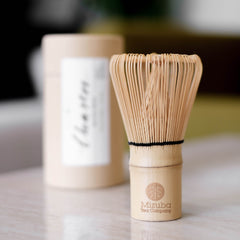
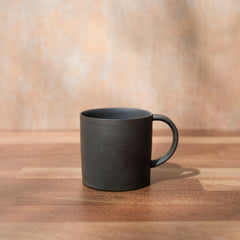
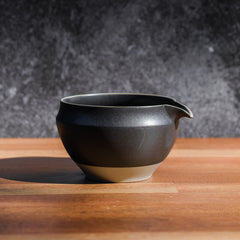
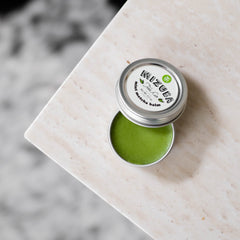
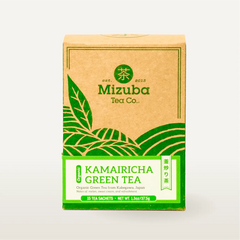


Leave a comment